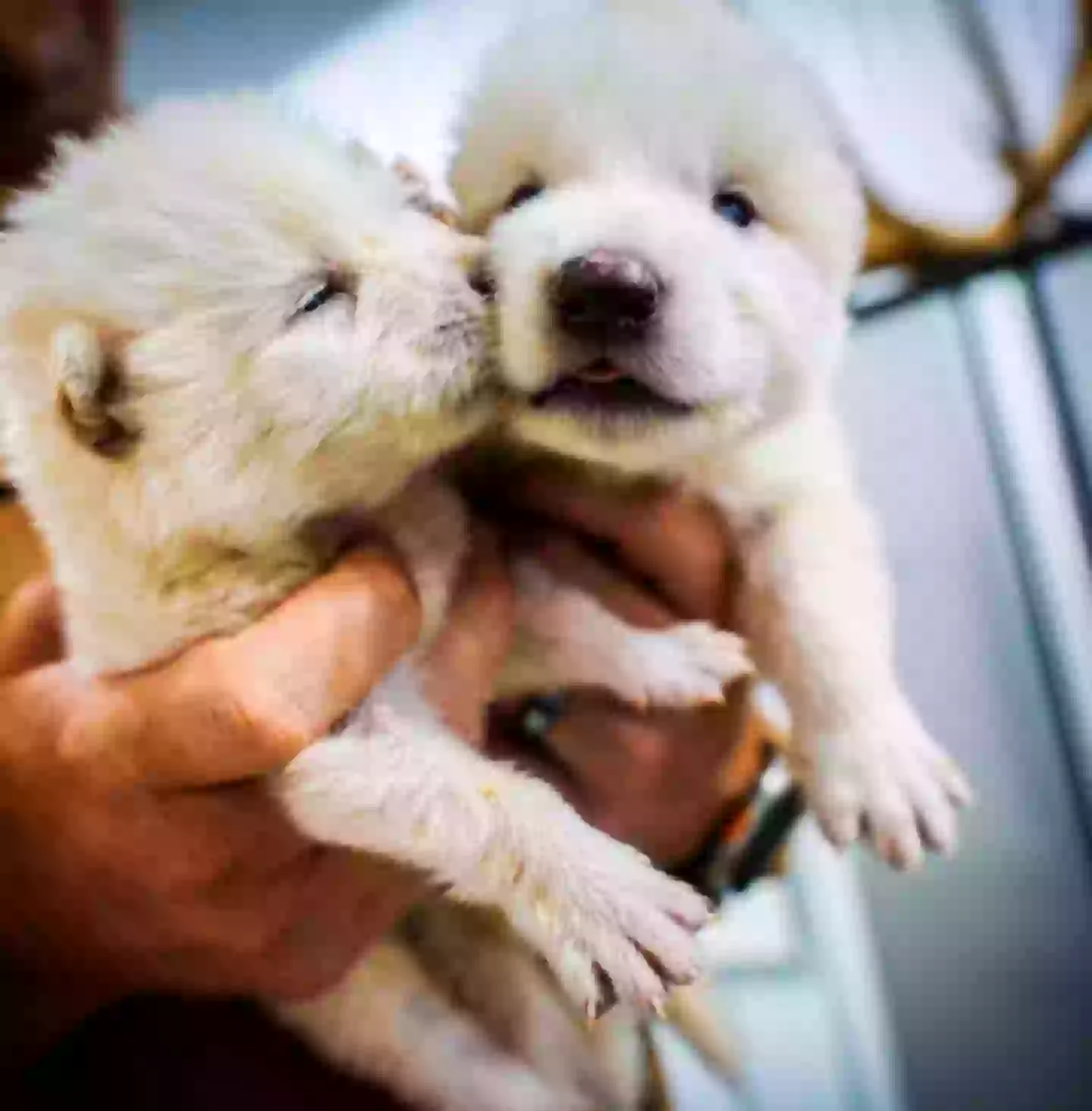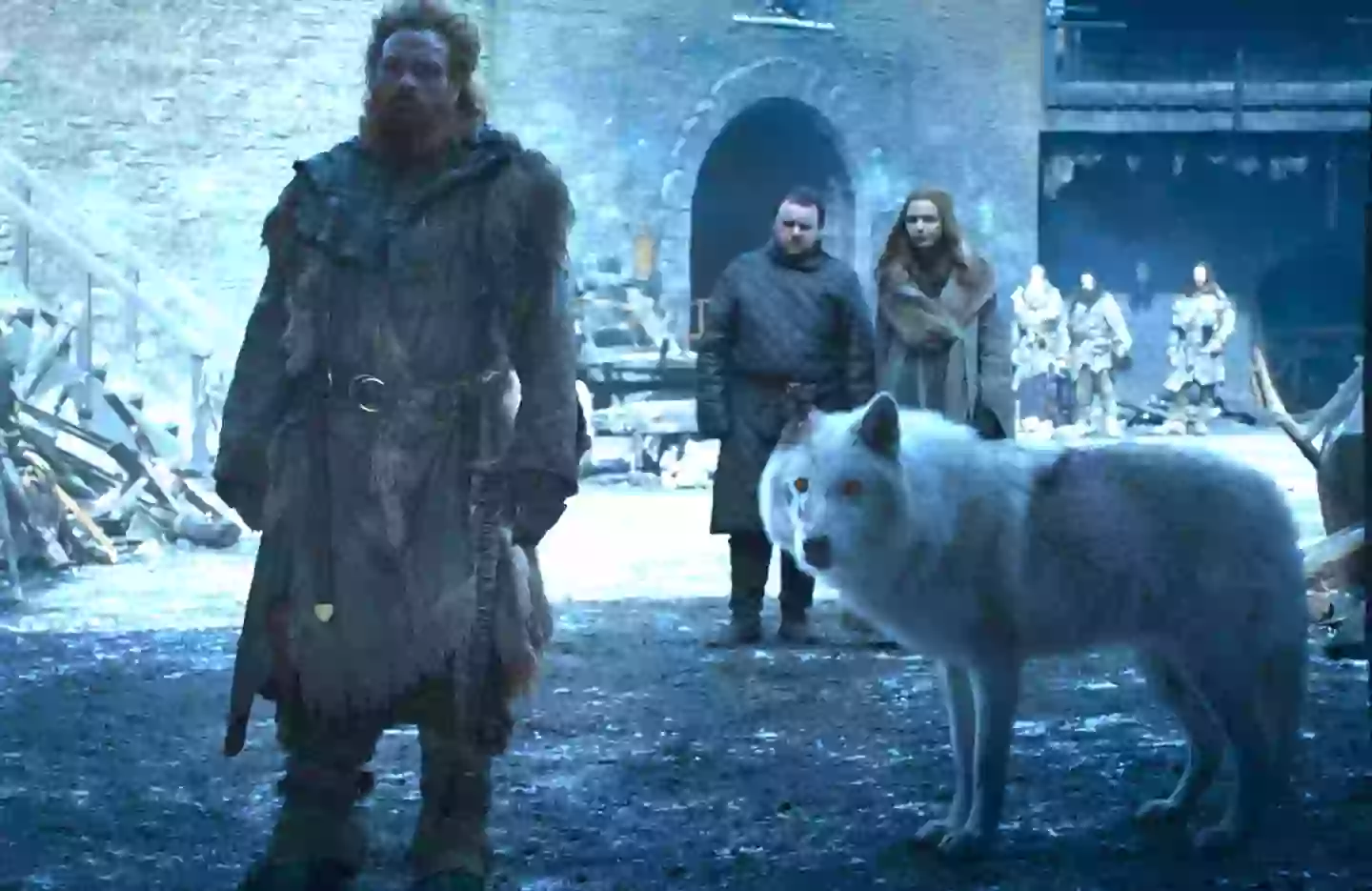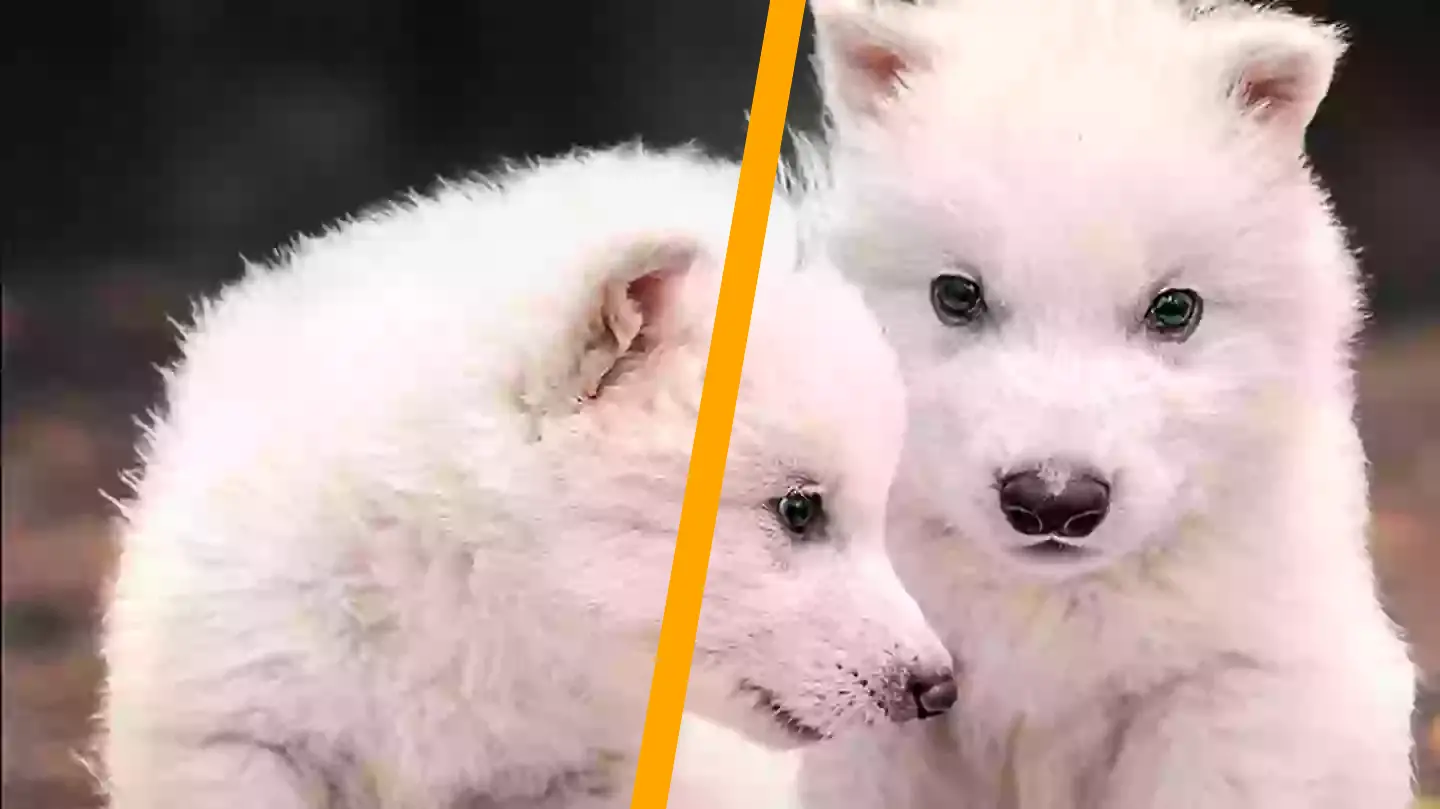Over 10,000 years ago, dire wolves roamed the earth, preying on mammoths and other large Ice Age creatures. Their extinction occurred alongside the disappearance of their prey. In recent years, these predators have captured public imagination, partly due to their depiction in Game of Thrones. However, unlike the show’s creatures, dire wolves were not fictional.
Recently, scientists claim to have revived the species from extinction. Colossal Biosciences, a genetic engineering company in the United States, revealed that three dire wolf puppies were created using “deft genetic engineering and ancient DNA” in a process they describe as “de-extincting” the species.
“On October 1, 2024, for the first time in human history, Colossal successfully restored a once-eradicated species through the science of de-extinction,” the company states on its website. “After a 10,000+ year absence, our team is proud to return the dire wolf to its rightful place in the ecosystem.”
“Colossal’s innovations in science, technology, and conservation made it possible to accomplish something that’s never been done before: the revival of a species from its longstanding population of zero.”
The creation of these dire wolves involved using DNA from gray wolves in conjunction with ancient DNA from dire wolves. However, current technology does not allow for a complete 100 percent reproduction of this extinct species.

Some experts refer to these young wolves, named Romulus, Remus, and Khaleesi, as “genetically modified gray wolves.” Zoologist Philip Seddon from the University of Otago in New Zealand commented on this distinction to the BBC.
Paleogeneticist Dr. Nic Rawlence, also from Otago University, provided insight into what happens to ancient DNA: “Ancient DNA is like if you put fresh DNA in a 500 degree oven overnight,” he explained. “It comes out fragmented – like shards and dust.”
“You can reconstruct [it], but it’s not good enough to do anything else with,” he added. “So what Colossal has produced is a gray wolf, but it has some dire wolf-like characteristics, like a larger skull and white fur. It’s a hybrid.”
Love Dalén, an evolutionary genomics professor from the Centre for Palaeogenetics at Stockholm University who advised Colossal, expressed a similar view.

“There’s no secret that across the genome, this is 99.9% gray wolf. There is going to be an argument in the scientific community regarding how many genes need to be changed to make a dire wolf, but this is really a philosophical question,” Dalén told CNN. “It carries dire wolf genes, and these genes make it look more like a dire wolf than anything we’ve seen in the last 13,000 years. And that is very cool.”
Dr. Beth Shapiro, a biologist at Colossal, noted that dire wolves and gray wolves are “genetically really similar.” The team “targeted DNA sequences that lead to dire wolf traits and then edited grey wolf cells,” ultimately resulting in “cloned cells” that were used to create the dire wolves.
Colossal Biosciences is not stopping with dire wolves. The company is also working on bringing back other species, including woolly mammoths, the dodo bird, northern white rhinoceros, and the Tasmanian tiger.

